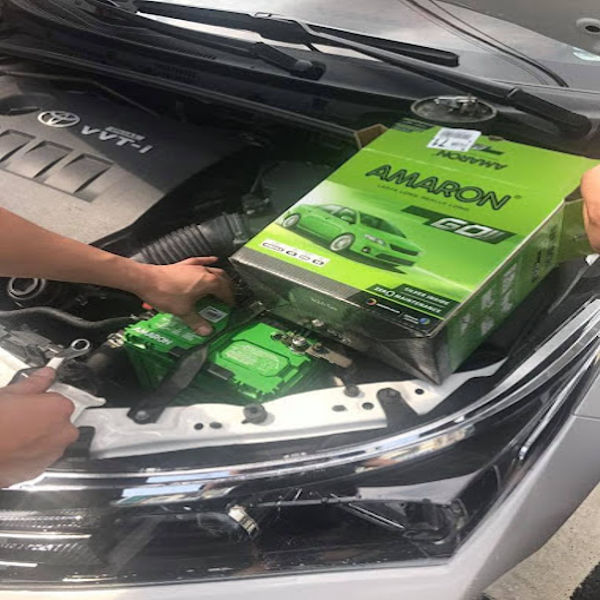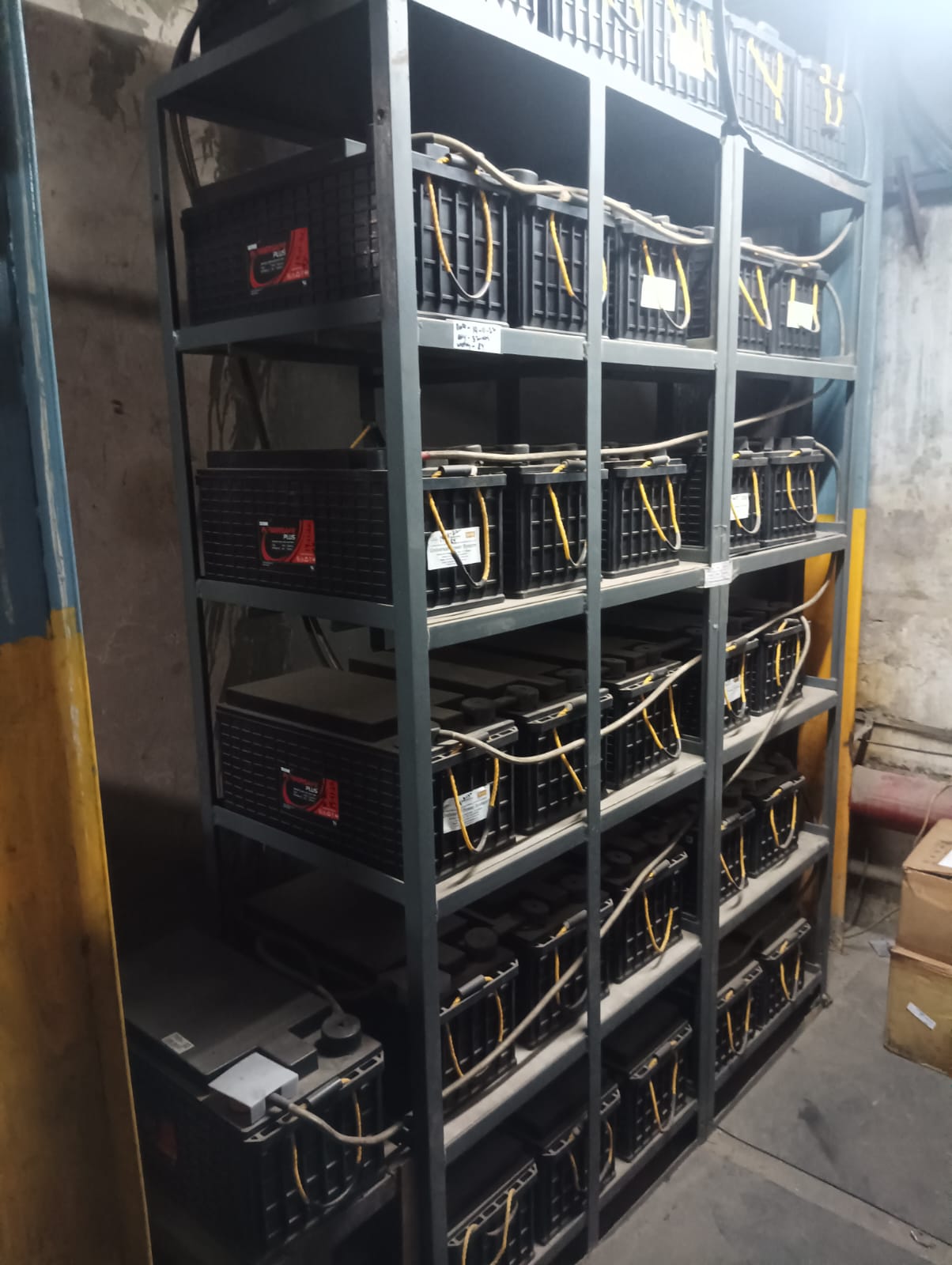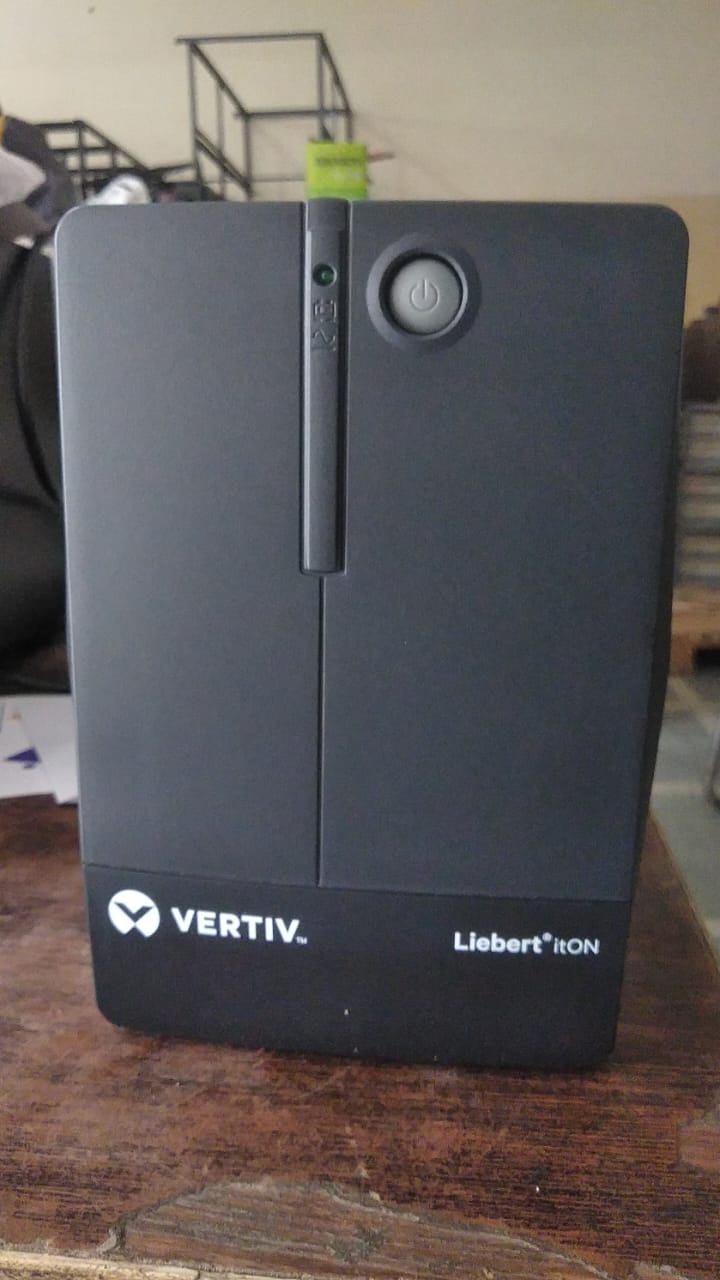UPS Renting Services HIPULSE UPS (80-800 KVA) It is a range of uninterruptible power supply (UPS) systems manufactured by a company called HIPULSE. These UPS systems are designed to provide reliable and continuous power protection for a wide range of applications, from small to large-scale industrial and commercial environments. The HIPULSE UPS range typically covers a power capacity range of 80-800 kilovolt-amperes (kVA). Most of Benefits from Universal Power System: Features: On-Line Double C???onversion IGBT-based PWM Inverter Wide input voltage tolerance (+15 / -15%) Wide input frequency tolerance (45Hz-65Hz) Capability to handle: - High crest factor loads - 100% non-linear loads - 100% unbalanced loads Built-in maintenance bypass (Single and 1+N Models) Common battery sharing kit (optional) with 1+1 configuration Built-in maintenance bypass (Single and 1+N Models) Modular design of inverter bridge for higher rated UPS modules like 600 & 800 kVA UPS Renting Services UPS Renting Services S7400 UPS (10-400 KVA) THE S7400 UPS IS A SERIES OF UNINTERRUPTIBLE POWER SUPPLY (UPS) SYSTEMS MANUFACTURED BY AN UNDISCLOSED COMPANY. THESE UPS SYSTEMS ARE DESIGNED TO PROVIDE RELIABLE AND CONTINUOUS POWER PROTECTION FOR A WIDE RANGE OF APPLICATIONS. THE S7400 SERIES TYPICALLY COVERS A POWER CAPACITY RANGE OF 10 KVA TO 400 KVA. Features: High performance IGBT PWM(Pulse Wave Modification) technology for pure sinewave output LBS configuration for super critical loads True parallelability up to six modules Netcom kit for remote monitoring BMS Connectivity through modbus Remote alarm monitor (RAM) Hardware for Fault Diagnostic Unit (FDU), data logger and power monitoring software Communication card for dial-up monitoring UPS Series 7400 The Series 7400 UPS offers True On-line Field Proven UPS system to maximize Uptime of your Critical Application. The Series 7400 offers a wide range from 10 kVA to 750 kVA single phase systems. The Series 7400 UPS System has a proven track - record of unmatched reliability to support your sensitive and costly equipment, offering maximum availability to virtually any application. The Series 7400 is carefully designed to address the “load power factor” (0.7 lagging upwards) and “non linearity” that critical applications demand. In-built output isolation transformer To offer galvanic isolation between your critical application and the Mains, while feeding the load through the Inverter. Battery Circuit Breaker (BCB): To ensure “Safety” and to protect your “Battery Life”, unlike using DC Isolator. Usage of BCB is much safer in terms of personal hazards on a running system than a DC Isolator. Under Voltage Trip coil of BCB prevents deep-discharging of battery, which cannot be achieved by a DC Isolator. RS-232 Serial port : For carrying out on-line monitoring of Alarm and Status. Optional attachments such as IBM-AS 400 Interface Card/ Relay Interface Card help you to integrate the UPS with your network effectively. High efficiency performance High reliability to maximise system availability Handles 3:1 crest factor loads without de-rating
Send Message






